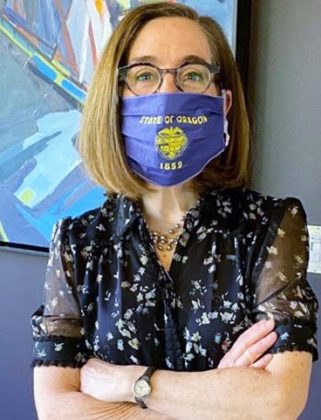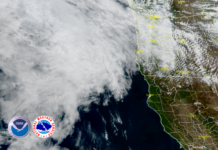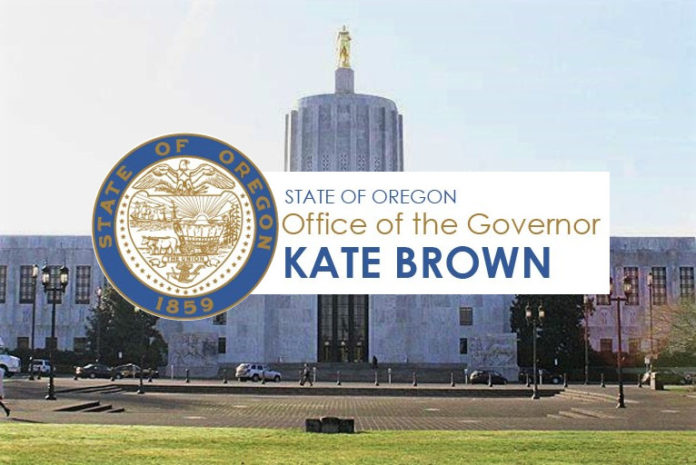On Tuesday, October 27th, Governor Kate Brown then extended her declaration of a state of emergency regarding COVID-19 for an additional 60 days, until January 2, 2021. The declaration is the legal underpinning for the Governor’s COVID-19 executive orders and the Oregon Health Authority’s health and safety guidance.
“As early as January of this year, the Oregon Health Authority began its COVID-19 preparedness efforts as cases spread overseas. Since then, more than 600 Oregonians and over 200,000 Americans have died from COVID-19 — and last week, we set a daily record with 550 new cases” the Governor’s statement read.
Earlier in the week, on Monday, October 26th, in an attempt to slow the spread of COVID-19 in the state, the Oregon Health Authority issued updated requirements regarding the wearing of face coverings.
The new restrictions require the wearing of face coverings in all private and public workplaces including classrooms, offices, meeting rooms and workplaces, unless someone is alone in an office or in a private workspace.
Face coverings are also now required at outdoor and indoor markets, street fairs, private career schools and public and private colleges and universities.

“Extending the COVID-19 state of emergency is not something I do lightly,” Governor Brown went on to say, “but we know all too well that not taking action would mean an even greater loss of life. The second wave of COVID-19 has arrived in the United States, and this time it is hitting all of our communities.”
“My goal is to keep Oregon on track to open more schools for in-person instruction for our students, and to continue to reopen, and keep open, our businesses, communities, and economies. Oregon is not an island. Without safety precautions in place, we could quickly see our case counts spike as well.
“We must continue to work together and follow the simple steps that have kept us safe throughout this pandemic: washing our hands, wearing face coverings, watching our physical distance, staying home when sick, and avoiding social get-togethers, especially indoors.”
The state of emergency declaration is the legal underpinning for the executive orders the Governor has issued to keep Oregonians healthy and safe throughout this crisis, including her orders on reopening Oregon while maintaining essential health and safety protections, as well as orders around childcare, schools, and higher education operations. Extending the state of emergency declaration allows those orders to stay in effect.
The Governor reviews and reevaluates each of her emergency orders every 60 days, to determine whether those orders should be continued, modified, or rescinded. The findings of this review process are listed in the executive order.


















